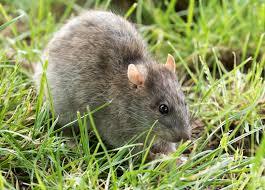A new study has revealed that the heating up of Earth and the surge in human activities such as mining and shipping might lead to the release of ancient zombie pathogens stuck in permafrost in Siberia, which will prompt a deadly pandemic. Zombie viruses also known as Methuselah microbes have remained latent in permafrost for tens of thousands of years, but they have the potential to propagate and spread several diseases. As per the data, the year 2023 has been the hottest year on record, which has increased the risk of permafrost melting and eventually freeing the zombie viruses. Geneticist Jean-Michel Claverie says that at present, analyses of pandemic concerns emphasize diseases that may arise across southern regions and then transmit north.
Scientists warn that there are pathogens up there that contain the potential to make humans fall sick and cause a new disease epidemic. Permafrost conceals a fifth of the northern hemisphere and is constructed with soil that has below zero temperatures for a long time. There are some layers that have stayed frozen for thousands of years. The authors of the study have said that the vital fact about permafrost is that it is dark, cold, dark and does not contain oxygen, which is an apt atmosphere for conserving biological material. Therefore, the loss of Arctic sea ice due to global warming poses a huge risk to human health.
A virologist named Marion Koopmans says that other human activities such as massive mining operations, industrial development, shipping, and traffic in Siberia will cause huge holes in the deep permafrost. Scientists are unclear about what viruses are present in the permafrost, however, there is an actual risk that these viruses or pathogens might have the potential to cause a massive pandemic, which can pose a great threat to human life.
A Study Warns Zombie Viruses Iced up In Siberia Might Lead To A Frightening Pandemic











